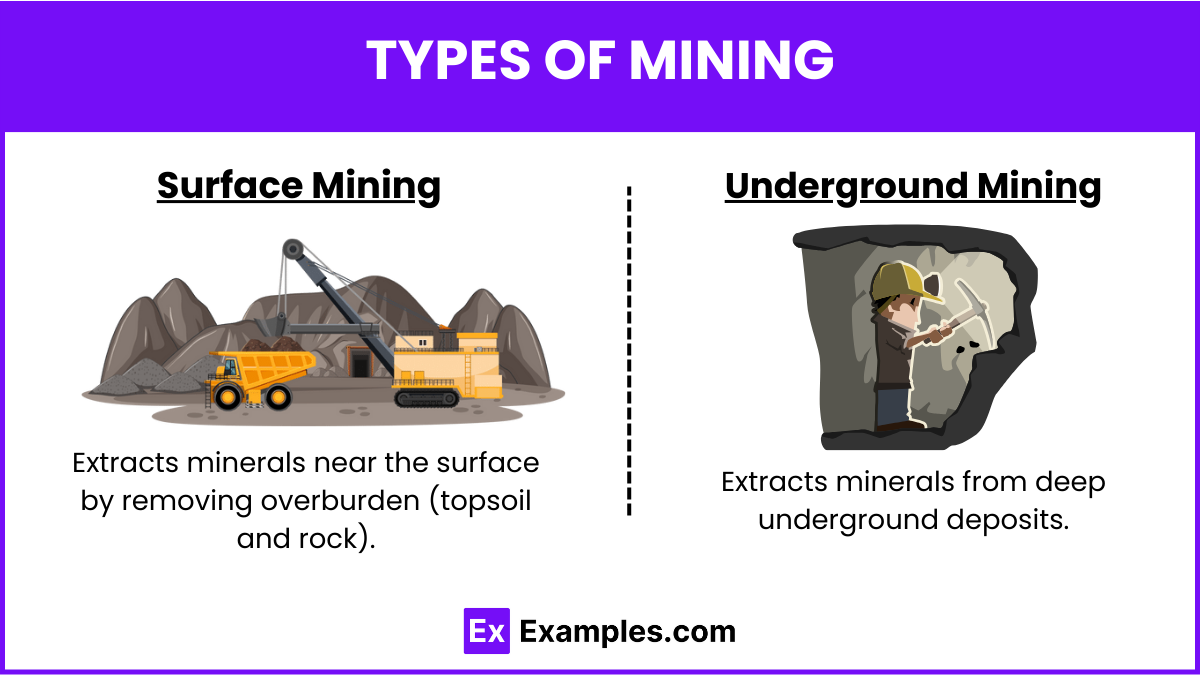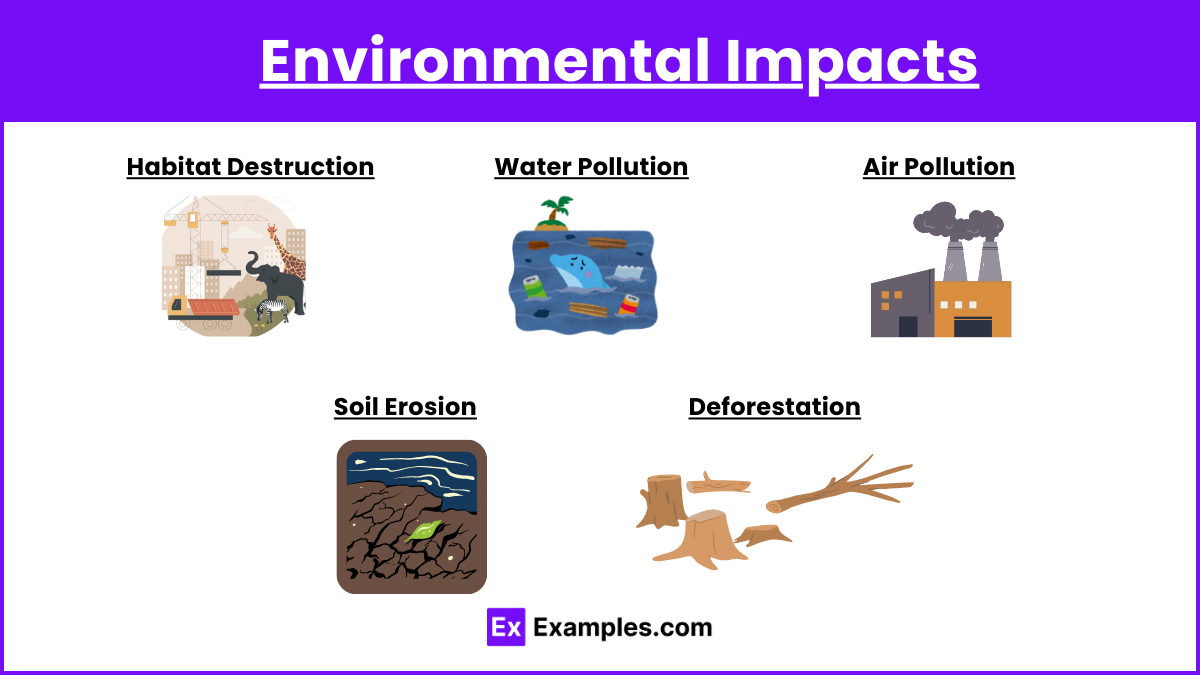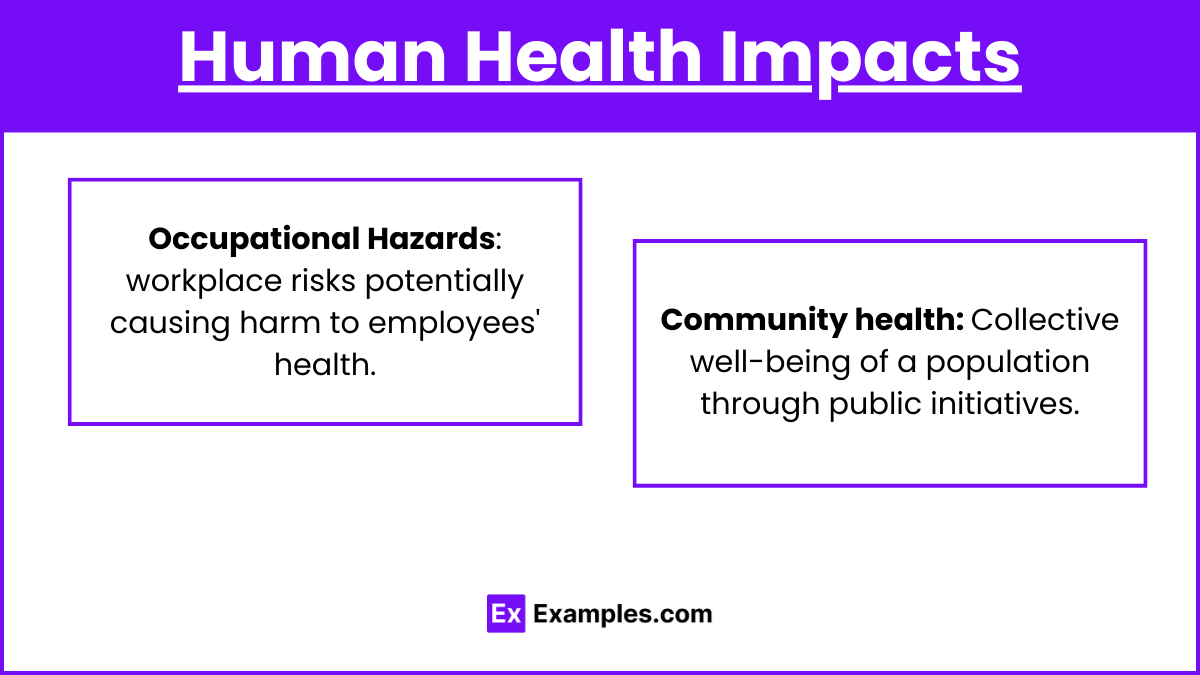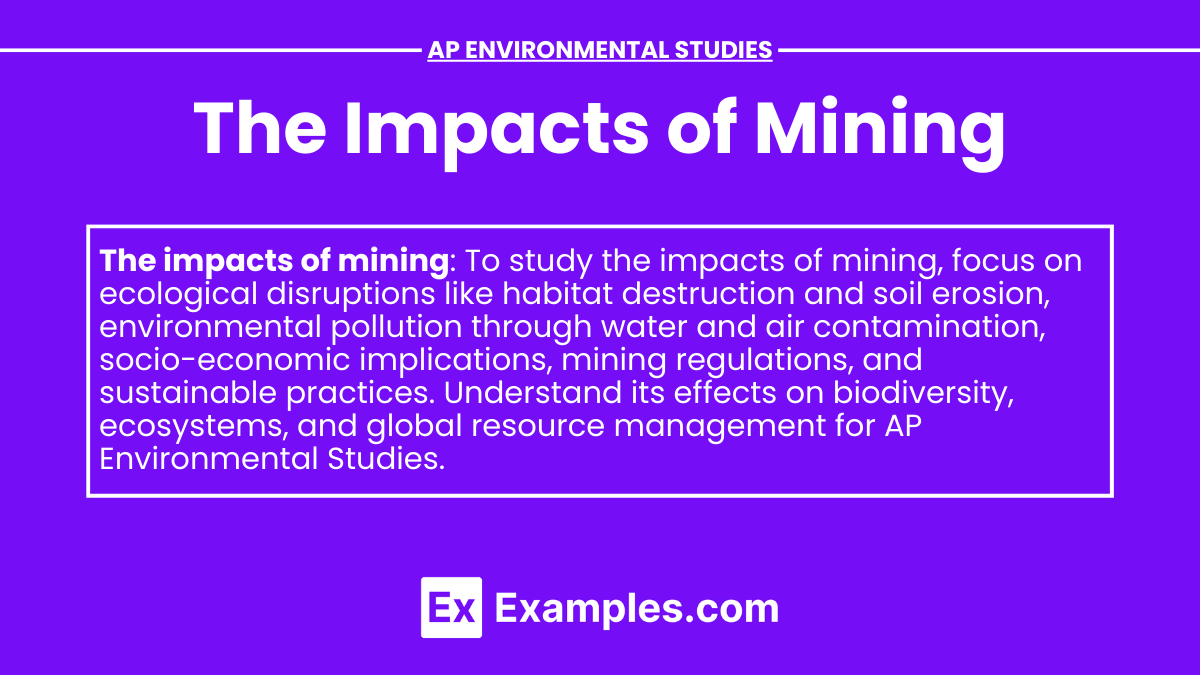The impacts of mining

- Notes
Mining, a cornerstone of industrial development, has profound implications for ecology, ecosystems, biodiversity, and the biosphere in the context of AP Environmental Studies. This activity involves extracting valuable minerals and metals from the Earth’s crust, often disrupting natural landscapes and ecosystems. From deforestation and habitat destruction to water and air pollution, mining operations can significantly alter local environments, jeopardizing biodiversity and ecosystem stability. Understanding these impacts is crucial for assessing the sustainability of resource extraction and implementing strategies to mitigate environmental degradation while supporting global economic needs.
Learning Objectives
The learning objectives for understanding the impacts of mining include analyzing its effects on organisms, climate changes, flora and fauna, and ecosystems. Students will explore how mining activities disrupt habitats, leading to biodiversity loss and ecosystem degradation. They will examine the environmental consequences such as soil erosion, water and air pollution, and habitat fragmentation. Additionally, the objectives emphasize studying mining’s contribution to greenhouse gas emissions and its broader impact on global climate patterns. Understanding these impacts prepares students to evaluate sustainable mining practices and advocate for policies that balance economic development with environmental conservation in AP Environmental Studies.
Types of Mining

- Surface Mining
- Description: Extracts minerals near the surface by removing overburden (topsoil and rock).
- Methods: Open-pit mining, strip mining.
- Impacts: Habitat destruction, erosion, alteration of landscape.
- Underground Mining
- Description: Extracts minerals from deep underground deposits.
- Methods: Shaft mining, drift mining.
- Impacts: Groundwater depletion, subsidence (sinking of land surface), habitat disruption.
Environmental Impacts

- Habitat Destruction
- Example: Clearing forests and vegetation for surface mining operations.
- Impact: Loss of biodiversity, disruption of wildlife habitats.
- Water Pollution
- Sources: Acid mine drainage (AMD) from exposed minerals reacting with water and air.
- Impact: Contaminates water bodies, affects aquatic life, disrupts ecosystems.
- Air Pollution
- Sources: Dust and particulate matter from mining operations.
- Impact: Respiratory problems for workers and nearby communities, contributes to air quality degradation.
- Soil Erosion
- Causes: Removal of vegetation and topsoil during surface mining.
- Impact: Reduces soil fertility, increases sedimentation in water bodies.
- Deforestation
- Causes: Clearing land for mining infrastructure and access roads.
- Impact: Loss of carbon sinks, biodiversity hotspots, and ecosystem services.
Human Health Impacts

- Occupational Hazards
- Examples: Exposure to toxic chemicals, accidents in mines.
- Impact: Health risks for miners, including respiratory diseases and injuries.
- Community Health
- Examples: Water contamination affecting local communities’ drinking water sources.
- Impact: Increased incidence of health issues like cancer, neurological disorders.
Mitigation Strategies
- Environmental Regulations
- Examples: Reclamation requirements, water quality standards, and air pollution controls.
- Impact: Minimize environmental impacts and ensure sustainable mining practices.
- Technological Innovations
- Examples: Using advanced mining technologies to reduce environmental footprint.
- Impact: Improves efficiency, minimizes waste generation, and reduces pollution.
Case Studies
- Mountaintop Removal Mining in Appalachia
- Issue: Controversial practice affecting Appalachian forests and waterways.
- Impact: Severe ecosystem disruption and community health concerns.
- Mining in the Amazon Rainforest
- Issue: Threatens biodiversity and indigenous communities.
- Impact: Deforestation, habitat loss for endangered species.
Mining, a cornerstone of industrial development, has profound implications for ecology, ecosystems, biodiversity, and the biosphere in the context of AP Environmental Studies. This activity involves extracting valuable minerals and metals from the Earth's crust, often disrupting natural landscapes and ecosystems. From deforestation and habitat destruction to water and air pollution, mining operations can significantly alter local environments, jeopardizing biodiversity and ecosystem stability. Understanding these impacts is crucial for assessing the sustainability of resource extraction and implementing strategies to mitigate environmental degradation while supporting global economic needs.
Free AP Environmental Science Practice Test
Learning Objectives
The learning objectives for understanding the impacts of mining include analyzing its effects on organisms, climate changes, flora and fauna, and ecosystems. Students will explore how mining activities disrupt habitats, leading to biodiversity loss and ecosystem degradation. They will examine the environmental consequences such as soil erosion, water and air pollution, and habitat fragmentation. Additionally, the objectives emphasize studying mining's contribution to greenhouse gas emissions and its broader impact on global climate patterns. Understanding these impacts prepares students to evaluate sustainable mining practices and advocate for policies that balance economic development with environmental conservation in AP Environmental Studies.
Types of Mining

Surface Mining
Description: Extracts minerals near the surface by removing overburden (topsoil and rock).
Methods: Open-pit mining, strip mining.
Impacts: Habitat destruction, erosion, alteration of landscape.
Underground Mining
Description: Extracts minerals from deep underground deposits.
Methods: Shaft mining, drift mining.
Impacts: Groundwater depletion, subsidence (sinking of land surface), habitat disruption.
Environmental Impacts

Habitat Destruction
Example: Clearing forests and vegetation for surface mining operations.
Impact: Loss of biodiversity, disruption of wildlife habitats.
Water Pollution
Sources: Acid mine drainage (AMD) from exposed minerals reacting with water and air.
Impact: Contaminates water bodies, affects aquatic life, disrupts ecosystems.
Air Pollution
Sources: Dust and particulate matter from mining operations.
Impact: Respiratory problems for workers and nearby communities, contributes to air quality degradation.
Soil Erosion
Causes: Removal of vegetation and topsoil during surface mining.
Impact: Reduces soil fertility, increases sedimentation in water bodies.
Deforestation
Causes: Clearing land for mining infrastructure and access roads.
Impact: Loss of carbon sinks, biodiversity hotspots, and ecosystem services.
Human Health Impacts

Occupational Hazards
Examples: Exposure to toxic chemicals, accidents in mines.
Impact: Health risks for miners, including respiratory diseases and injuries.
Community Health
Examples: Water contamination affecting local communities' drinking water sources.
Impact: Increased incidence of health issues like cancer, neurological disorders.
Mitigation Strategies
Environmental Regulations
Examples: Reclamation requirements, water quality standards, and air pollution controls.
Impact: Minimize environmental impacts and ensure sustainable mining practices.
Technological Innovations
Examples: Using advanced mining technologies to reduce environmental footprint.
Impact: Improves efficiency, minimizes waste generation, and reduces pollution.
Case Studies
Mountaintop Removal Mining in Appalachia
Issue: Controversial practice affecting Appalachian forests and waterways.
Impact: Severe ecosystem disruption and community health concerns.
Mining in the Amazon Rainforest
Issue: Threatens biodiversity and indigenous communities.
Impact: Deforestation, habitat loss for endangered species.

